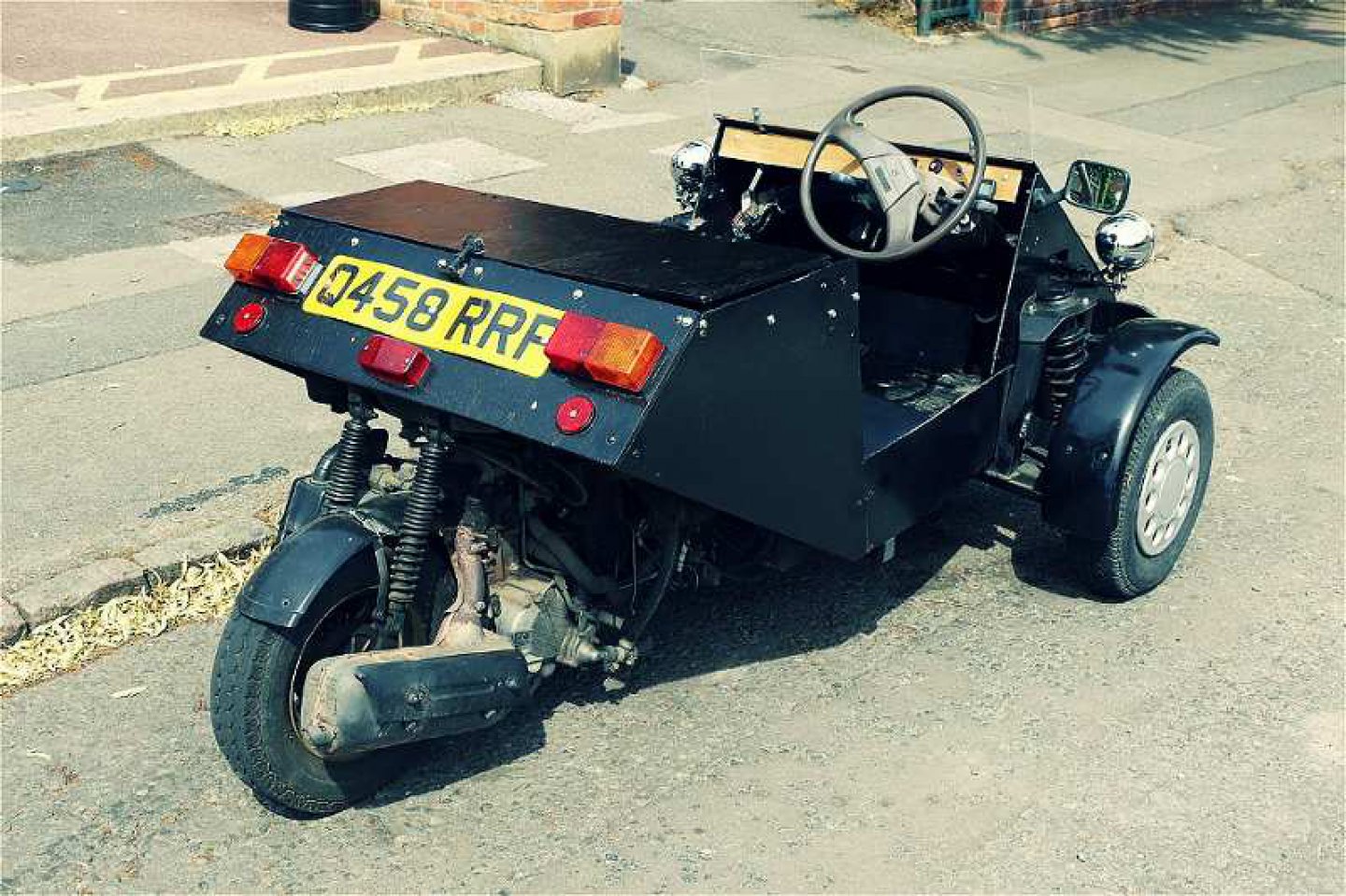From my Notebook >
Turning down small web design projects

(I’m talking really small. Like one page. A couple of pages.)
Web designers are in high demand. Like any career, you still need experience in order to get comfortable, but once you’ve been doing web work for a while, requests start coming in from all corners. I’ve done enough work for different types of people that I’ve started to feel like a “Private Web Investigator for hire.” No car chases, but lots of great stories.
Project sizes differ. People with large, extensive website needs will get in touch. People who need small websites will also get in touch, perhaps more frequently.
Sometimes, I turn the small website people away, and it’s not because I hate small websites or because I am expensive to work with.
Under what circumstances do I turn those jobs down? And does that make me a snob? Let’s find out.
Probably not doing this
I probably will turn down a client who does a lot of the following:
- Calls the job a “one-off”, or indicates that they aren’t interested in maintaining the project beyond the short term (can I build a relationship with this client?).
- Mainly wants to know “what do you cost?” Keeps bringing it up. Doesn’t seem to care about much else.
- Proposes a firm deadline that is ridiculous for all but an under-employed beginner.
- Offers ideas for shortcuts, i.e. “wondering if you could just set up a simple WordPress site…” or “we are willing to send our design over; we have one drawn up in InDesign.” (Nothing wrong with InDesign itself, of course)
- Reports directly to a committee or board; has to run everything by them.
- Answers questions with “I’ll ask the board” or by referring to the cost of the project again and again.
- Has a “previous web designer”…I need to hear details about this person or get in touch with them (the first time I ever got in touch with a “previous web designer,” it saved me from a ridiculously bad situation).
Probably am doing this
I typically love taking on small projects for someone who does do things like the following:
- Indicates that there will be work in the future as they expand their web presence and/or start new web projects
- Expresses the need for someone to fit a role, rather than someone to do a job
- Mainly wants to know, “are you the right person for this project?”
- Gets me all the information I need; recognizes that my schedule is at the mercy of theirs
- Offers planning documents, such as a wireframe sketch (nice!)
- Is the primary stakeholder and stamp-holder, even if they have a boss, and a boss’s boss, etc.
- Answers questions thoughtfully
To be clear, money doesn’t have much to do with the decision unless the client makes it understood that it’s one of their main concerns.
How to turn down a web design client
Sometimes new freelancers wonder “how do I turn people down?” I think you have to keep in mind that most clients are not going to be angry with you when you’re honest about what you can and cannot do.
But it can be hard to find the words.
Some answers that may fit the situation:
- “Unfortunately I can’t take on your project right now. Here are some other designers you may wish to contact.” (Your contacts may benefit from this, and the client gets more exposure to the profession)
- “I really think you could have a college student do this to your satisfaction. That would fit your budget and it’d be better than nothing.” (I was a college student once, and I would have worked for almost anybody)
- “I don’t feel like I’d be a good fit for this project. You might try…(another person, a different approach, etc.)”
How do you make a small website?
There is a certain art to making a good small website. You actually still need to consider most of the design questions that come up with a large website, but you don’t want to send a good client a proposal with a completely inappropriate time/cost workup.
You also don’t want to risk creating a small site with some gigantic CMS like Drupal or Joomla or WordPress if you don’t have to. There are many lightweight CMS software packages with custom fields and a framework-like approach that save you plenty of time to really polish up the front end.
The key question I ask myself is, “what is a small website to the client?” Typically they just want to communicate that the goal of the website is to establish a foothold on the web, to plant a flag for their brand and project. My next task, then, is to determine how the website might expand in the future. I do this by asking questions like:
- What do you want your visitors to do?
- What will your visitors want to do?
- Do you see yourself adding more content to this website, if it would improve your conversion rate?
You can hold a discovery meeting where you ask these questions and more.
By sticking to questions about sales, marketing, and the public experience, I can quickly determine whether this is fine with plain HTML or if I would be smarter to pick a simple CMS or framework.
Design matters
If this really is a true small website, you have great opportunities to be original with your design. Even something extremely simple can be very pleasing to experience. Yesterday, I visited Shaun Inman’s small website for the book Lift Off and really enjoyed the experience. Simple, but well thought out.
Here’s how you can mess it all up
The worst position to get in—for beginners especially—is to set up a terribly sloppy website and find that the client keeps asking you to make it do more and more. You give in because you’re just there to make them happy. And finally, you have become the “dynamic content management” part of the website. You wonder what those CMS guys would do in this case.
You could just go back to the client and give them a list of suggestions, showing the benefits. But many beginners won’t do that. They aren’t concerned enough about their own portfolio, or they’re afraid of losing a client, and all they can think about is breaking bad news to the client. Nobody wants to do that.
Typically the project pays OK, but not well, and you feel a bit dumber for your efforts. Your quick portfolio piece has you hoping that your prospective clients won’t actually click its URL and visit the site.
Nothing wrong with just getting it done
You can absolutely create a small website without putting much thought into it. You can sit down and do a quick, sloppy job in a couple of days’ time. And there’s a place for that. But they won’t be excited, charmed, intrigued, or surprised. To top it off, you may have set yourself up with a hassle of a website to maintain.
Instead of building a website that your competition will love you for, focus on serving great clients by building a quality experience.

 Friendlyskies.net
Friendlyskies.net